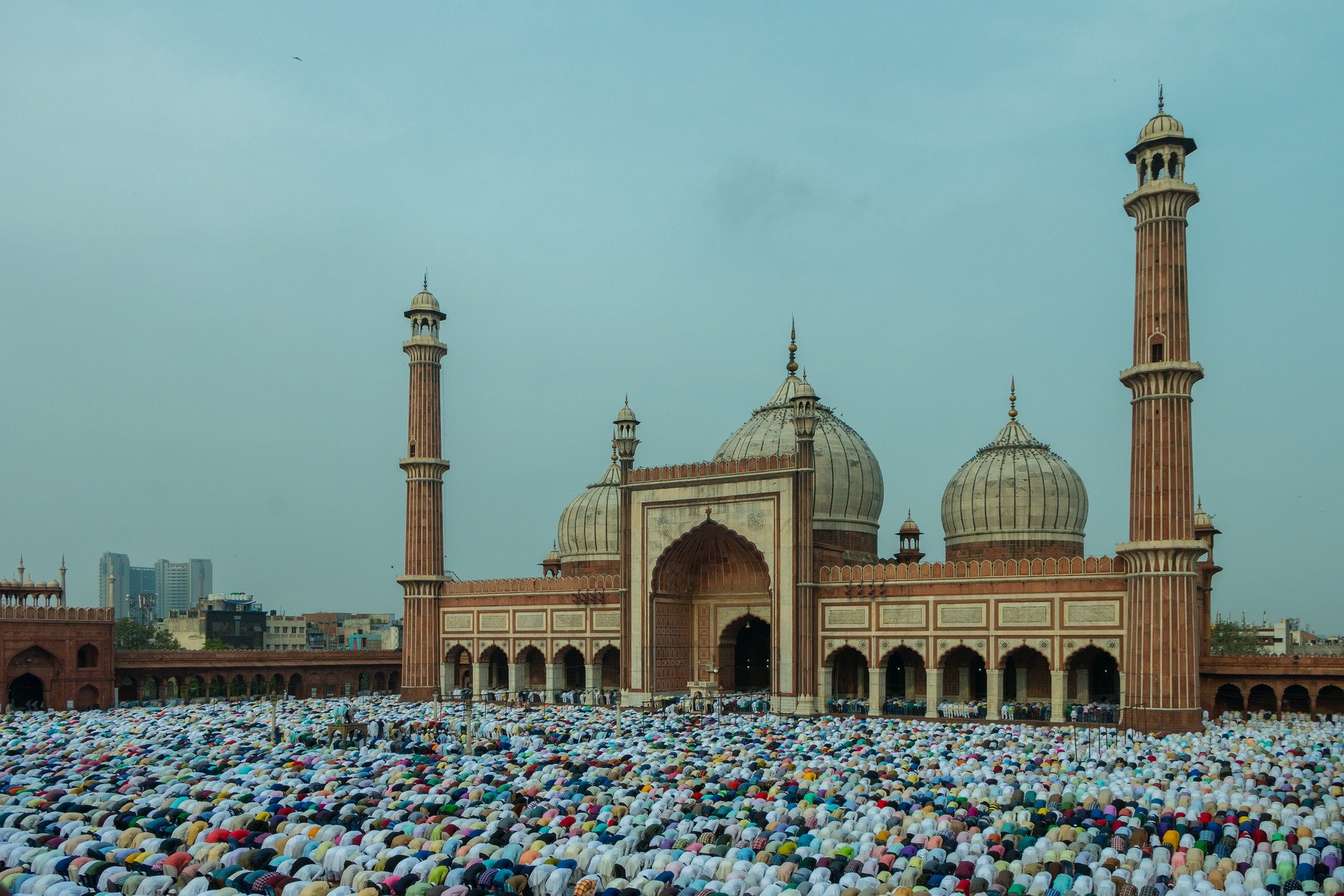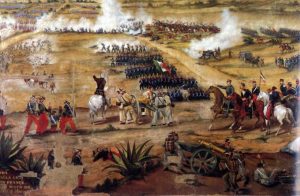Eid al-Adha, which in Arabic literally means ‘festival of the sacrifice’ is one of the two main festivals celebrated by Muslims. It’s called Bakr-Eid in the Indian subcontinent, as a goat (‘Bakri’ in Urdu) is sacrificed on this day.
The day commemorates Prophet Ibrahim’s test of faith, who had a recurrent dream of him slaughtering his son, Ismail. When he told this to his son, he requested his father to follow Allah’s (God) order.
Also Read | Eid-al-Adha 2022: Why does the Holiday’s date change every year?
While he was making the supreme sacrifice, Satan (‘shaitan’) tried to dissuade him. But he wasn’t deterred and he drove the devil away. Allah was pleased by his devotion and granted life to Ismail and asked Ibrahim to sacrifice a sheep, instead.
That is why Muslims sacrifice a goat or a sheep on this day and the festival is known as ‘Bakr-Id’ or the ‘festival of the sacrifice’.
Also Read | Eid al-Adha 2022: Stylish mehendi designs to try
On this day, the Hajj pilgrims who visit Mecca, Islam’s holiest city, visit Mina, situated near Mecca. There, they perform a ritual called ‘stoning of the devil’. This ritual is a part of the annual hajj pilgrimage, depicting Prophet Ibrahim and his son Ismail warding off Satan, when Ibrahim was about to make the supreme sacrifice of his son.
During the ritual, the believers, clad in simple white garments throw stones at three walls, repeatedly, thus symbolically attacking Satan with stones.
Also Read | 5 dry mutton recipes to try this Eid al-Adha
After this, they circle the cube-shaped Kaaba in Mecca, before departing.
Thus, Eid al-Adha marks the end of the Hajj pilgrimage. The festival will be celebrated on July 31, in Saudi Arabia and many other Islamic countries. In India, it’ll be celebrated on August 1.







